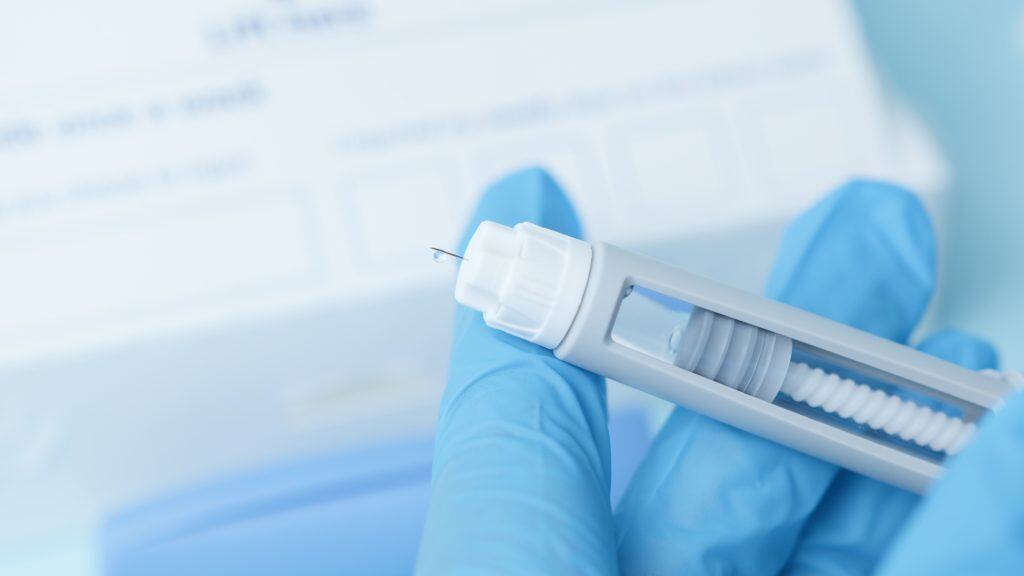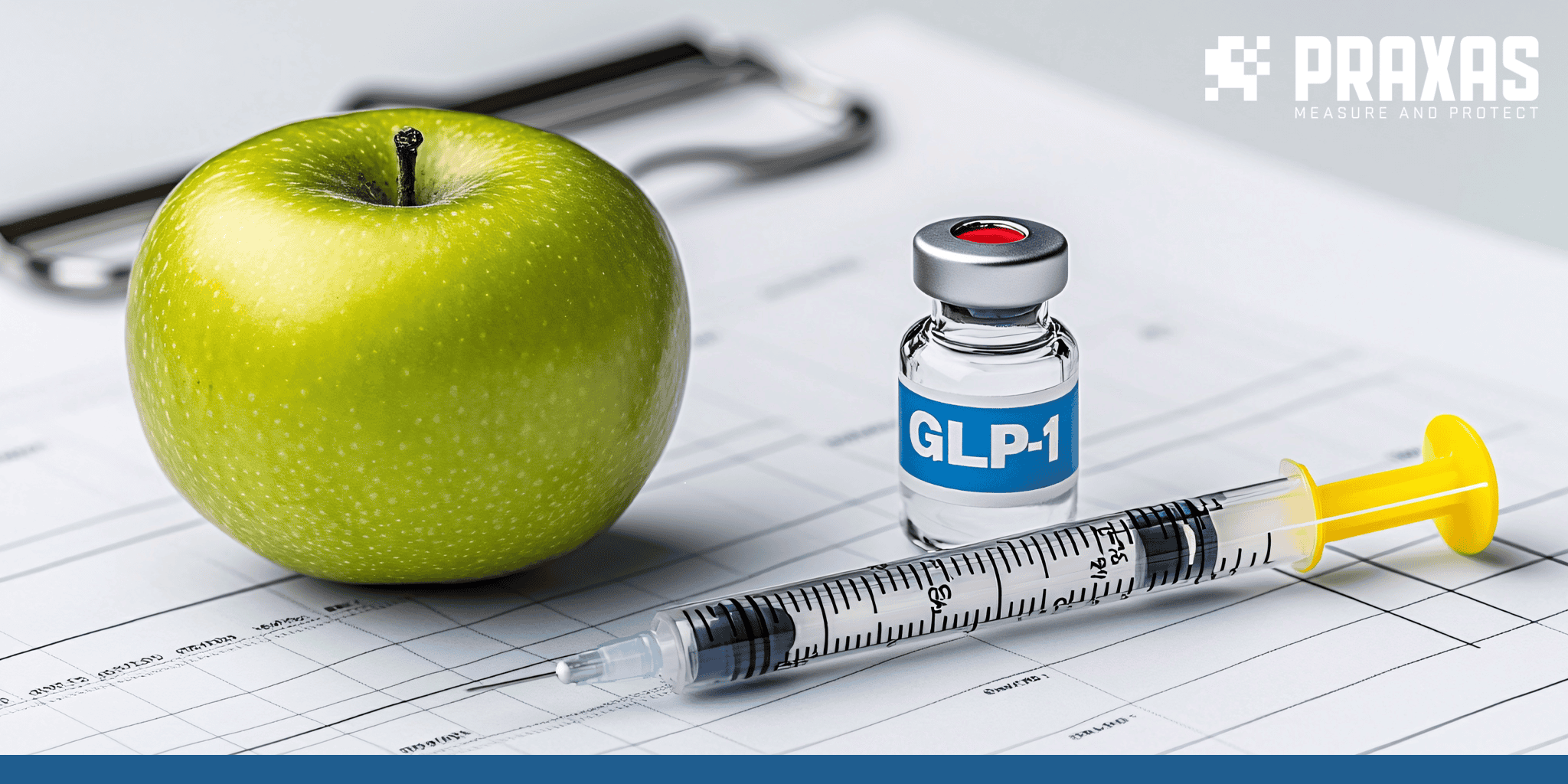GLP-1 monitoring plays a crucial role in ensuring the safety and stability of GLP-1 drugs such as semaglutide, sold under brand names like Ozempic (For more information please see the European Medicines Agency). These medicines are becoming increasingly important in the treatment of diabetes and obesity, but their sensitivity to temperature makes them challenging to handle. From production to distribution, they must be kept within strict limits to prevent degradation. Reliable GLP-1 storage and safe handling are therefore essential to maintain their quality, effectiveness and compliance.
Why Temperature Matters
GLP-1 monitoring and storage are vital because these medications are highly sensitive and must be kept between 2 °C and 8 °C. If the temperature rises above or falls below this range, the drug can degrade. This means it may lose potency, fail to deliver the intended effect, or even become unsafe. For businesses, this can result in costly product losses and reputational damage.
Although some GLP-1 products can remain at room temperature for short periods after opening, refrigeration between 2–8 °C is essential throughout the supply chain. From manufacturer to distributor, maintaining this range is the only way to ensure the medicine remains stable and effective.
Risks in the Cold Chain
Shipping and storing GLP-1 drugs comes with challenges:
- Transport delays or exposure during loading and unloading
- Human error such as leaving shipments unrefrigerated
- Dead space in packaging that creates uneven cooling
- Inadequate monitoring that leaves excursions unnoticed
Each of these risks can disrupt the cold chain, which is why reliable GLP-1 monitoring systems are essential to detect and prevent excursions. Regulators in Europe and the UK, following GDP and WHO guidance, require pharmaceutical companies to have validated processes in place to avoid these issues.

Best Practices for GLP-1 Storage and Shipping
To maintain product integrity, organisations should follow key cold chain principles:
- Use validated refrigeration: Medical fridges, such as our Arctiko units, maintain consistent 2–8 °C conditions with uniform cooling inside the cabinet.
- Continuous GLP-1 monitoring: Data loggers like our EasyLog and LogTag devices, provide precise tracking and alerting if conditions drift. Indicator labels can add a quick visual check.
- Eliminate dead space: Pack shipments tightly to avoid warm or cold pockets.
- Prepare for delays: Use packaging rated for 48–72 hours or longer and always include sufficient refrigerants.
- Train staff: Ensure handling protocols are clear and followed at every stage.
Compliance and Assurance
European GDP guidelines and WHO standards make monitoring and documentation non-negotiable. Every shipment should have a verifiable record of temperature conditions. Without proof, companies risk regulatory penalties as well as product wastage.
How Praxas Supports GLP-1 Cold Chain
At Praxas, we provide solutions that are reliable and make compliance easier:
- Temperature data loggers for shipment and storage monitoring
- Medical refrigerators and freezers designed for pharmaceutical use
- Temperature indicator labels for a quick yes / no answer on temperature excursions
With the right tools and procedures, businesses can ensure that GLP-1 drugs remain safe, effective and compliant from the manufacturer to the distributor.

